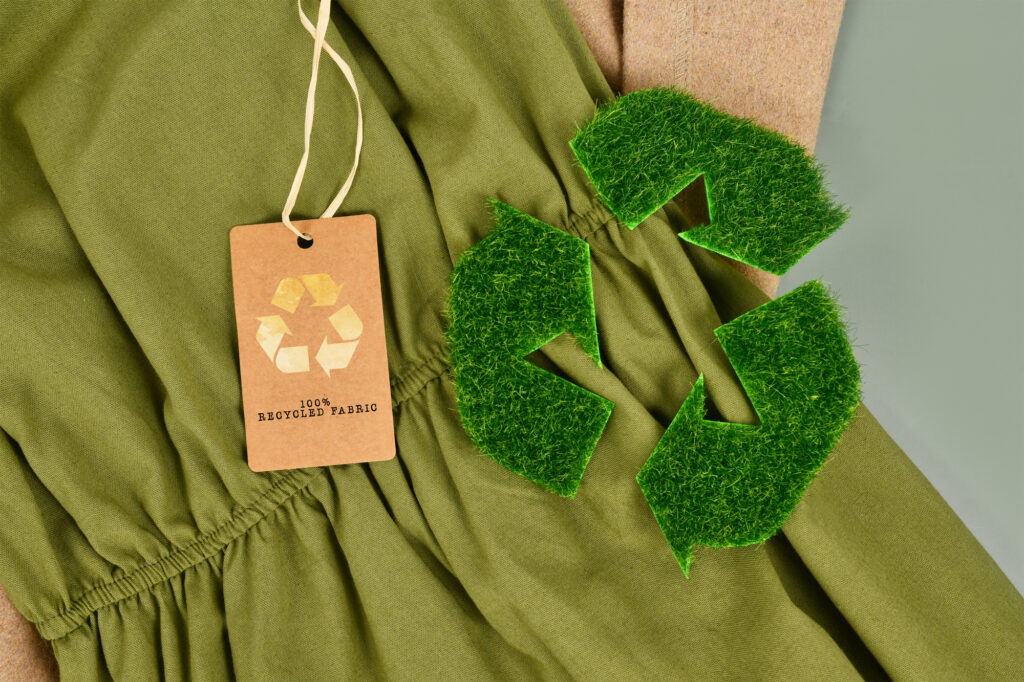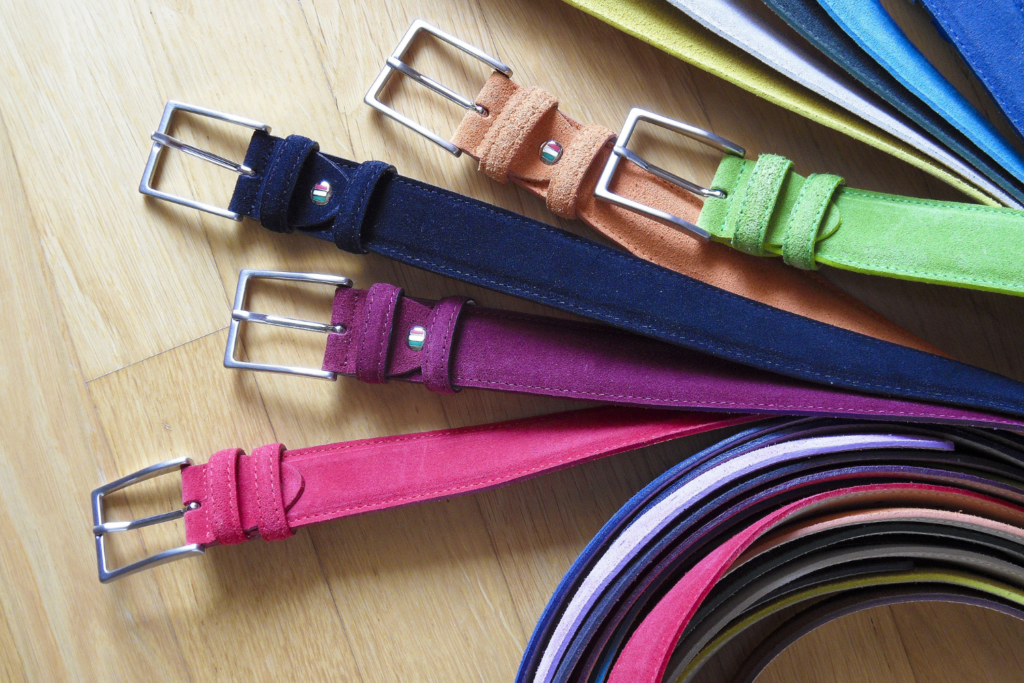In a world where trends change as swiftly as the seasons, the concept of sustainability has breathed new life into the fashion industry. As consumers become more conscious of the environmental and social impact of their choices, sustainable fashion practices have emerged as a powerful force for change. From innovative materials to responsible manufacturing, the fashion world is undergoing a transformation that merges style with ethical considerations. In this article, we will explore sustainable fashion practices and offer readers actionable tips on how to make ethical fashion choices.
Contents
The Essence of Sustainable Fashion
Sustainable fashion, often referred to as eco-friendly or ethical fashion, seeks to address the environmental and social challenges posed by the traditional fashion industry. It encompasses a range of practices aimed at reducing the negative impacts of clothing production and consumption. These practices span from sourcing eco-friendly materials to minimizing waste and ensuring fair labor practices. Many clothing brands that are made in the USA are considered sustainable fashion.
Key Sustainable Fashion Practices
- Ethical Materials: Sustainable fashion often begins with the choice of materials. Designers are increasingly turning to eco-friendly fabrics such as organic cotton, hemp, bamboo, and Tencel. These materials are grown and processed with minimal use of pesticides and chemicals, reducing harm to both the environment and workers.
- Slow Fashion: Unlike fast fashion’s rapid cycles, slow fashion encourages fewer, higher-quality purchases. This approach values longevity over trendiness, which ultimately reduces the amount of clothing discarded.
- Circular Fashion: This concept aims to create a closed-loop system in which clothing is designed, produced, and disposed of in a way that minimizes waste. Brands are exploring options like recycling textiles, reusing old garments, and offering repair services.
- Fair Labor Practices: Ethical fashion also focuses on the people behind the clothes. Brands that prioritize fair labor practices ensure that workers are paid fairly, work in safe conditions, and are treated with respect.
- Local and Artisanal Production: Choosing locally made products reduces the carbon footprint associated with transportation. It also supports local artisans and small businesses.
Making Ethical Fashion Choices
- Mindful Consumption: Before purchasing, consider if the item aligns with your personal style and if you’ll wear it frequently. Avoid impulsive buying and opt for versatile pieces.
- Quality Over Quantity: Invest in well-made, timeless pieces that will last through changing trends. High-quality garments are less likely to wear out quickly, reducing the need for replacements.
- Research Brands: Look for brands that are transparent about their sourcing, manufacturing processes, and labor conditions. Certifications like Fair Trade and GOTS (Global Organic Textile Standard) can be indicators of ethical practices.
- Secondhand Shopping: Thrifting and buying secondhand clothing extend the lifespan of garments and reduce demand for new production.
- DIY and Upcycling: Get creative and breathe new life into old garments through DIY projects or by upcycling them into new styles.
Promoting Sustainability Through Fashion
- Support Ethical Brands: By purchasing from brands committed to sustainability, you’re sending a message that ethical practices matter to consumers.
- Spread Awareness: Share information about sustainable fashion on social media, blogs, or in casual conversations. Educating others can lead to more conscious consumer choices.
- Advocate for Change: Engage with local businesses, policymakers, and fashion organizations to encourage more sustainable practices within the industry.
- Community Swaps and Events: Organize clothing swaps with friends or attend local sustainable fashion events to exchange garments and encourage a culture of reuse.
- Lobby for Transparency: Encourage brands to be transparent about their supply chains and processes. Transparency can drive accountability and improvements.
In conclusion, fashion and sustainability are no longer mutually exclusive concepts. The fashion industry’s shift towards ethical practices and the rise of sustainable fashion is a positive step towards reducing its impact on the environment and society. By making mindful choices, supporting ethical brands, and advocating for change, consumers have the power to shape a more sustainable and stylish future for the fashion industry.
Featured Image Photo Credit: DepositPhotos.com






